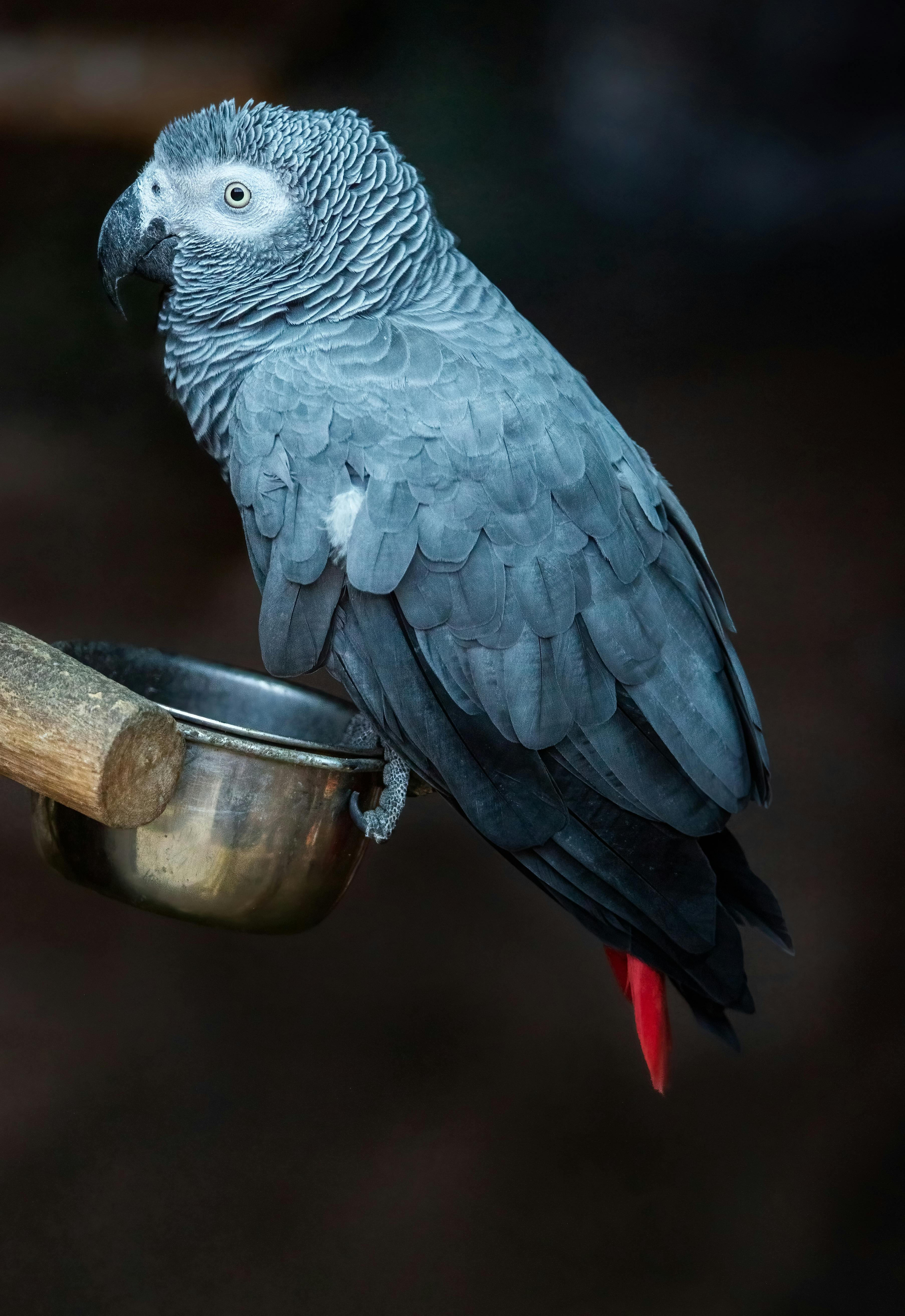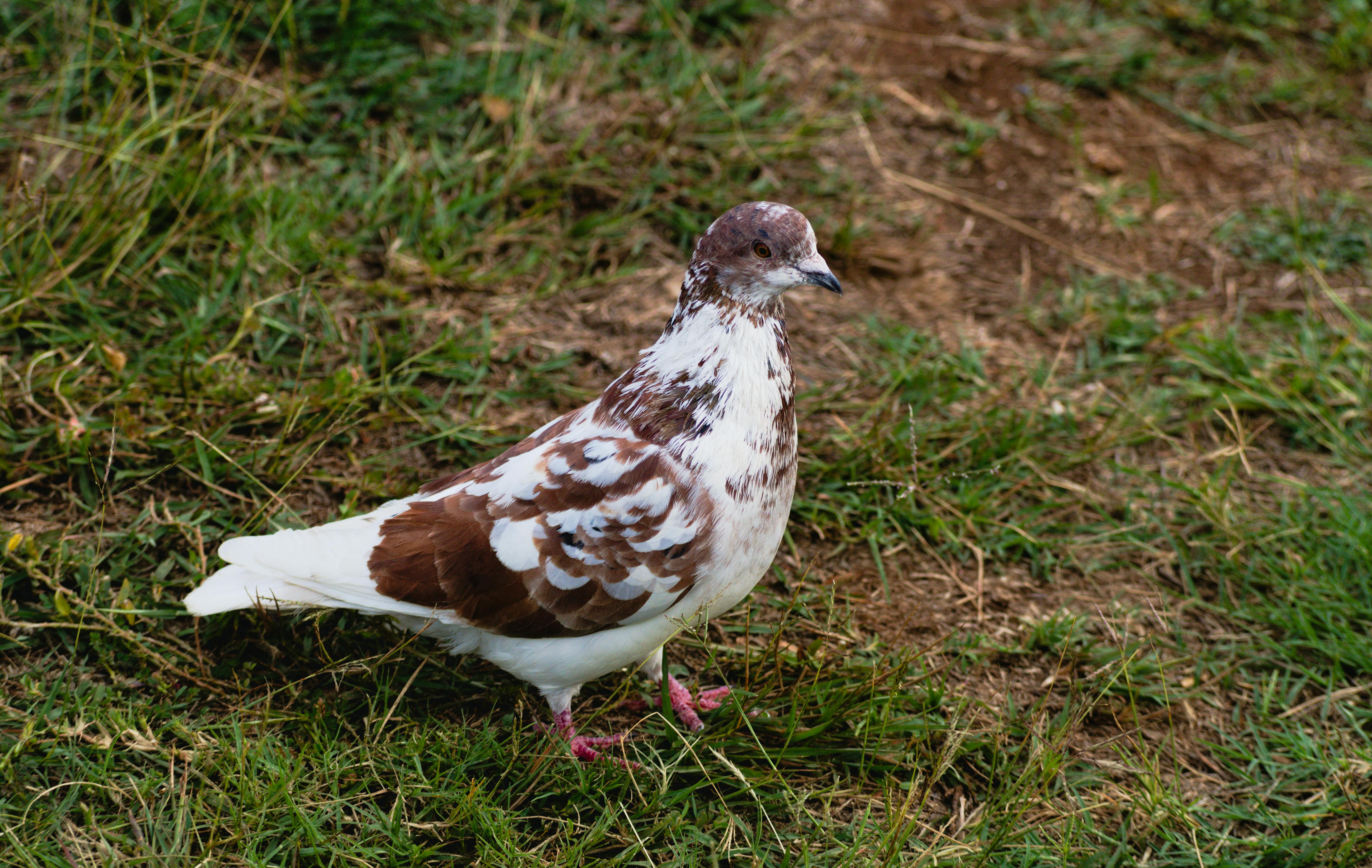
Top 5 Driftwood Options for Your Aquarium in 2025
Driftwood can dramatically enhance the aesthetic appeal of your aquarium and create a more natural habitat for fish and aquatic plants. As aquarists seek to elevate their tank setups in 2025, understanding the best driftwood options available is essential. Not only does driftwood serve as a striking centerpiece, but it also provides shelter and contributes positively to the tank's ecosystem. In this article, we will explore the top five driftwood options for aquariums, including their aesthetic benefits and contributions to fish health.
When selecting driftwood, factors such as size, type, and origin matter greatly. Choosing the appropriate piece can influence the overall aesthetic of your tank while also improving water quality and offering hiding spaces for your fish. This article will provide a comprehensive overview of the best driftwood types available, their maintenance tips, and creative ways to incorporate them into your aquarium design. Whether you're a novice aquarist or an experienced hobbyist, finding the right driftwood can make significantly enriching your aquarium experience.
Key takeaways will include understanding the different types of driftwood suited for aquariums, their eco-friendly sourcing, and practical care tips to maintain their integrity and aesthetics.
Essential Characteristics of Driftwood for Aquariums
Understanding the essential characteristics of driftwood is the first step in selecting the best options for your aquarium. Not all driftwood is suitable for every fish species, and recognizing which type aligns with your aquarium's ecosystem is crucial.
Natural Driftwood Properties
Natural driftwood comes in various textures and shapes, which can create stunning visual compositions in your aquarium. The texture offers various surfaces for beneficial bacteria colonization, contributing positively to water quality. Additionally, specific woods can alter the chemical composition of your aquarium environment, providing natural tannins that benefit certain fish species.
Choosing Sustainable Driftwood
Today, eco-friendliness is a growing priority for aquarists. Sourcing sustainable driftwood ensures that you are not contributing to the depletion of forests and natural landscapes. Seek out suppliers that practice responsible harvesting, focusing on wood that has fallen naturally or has been reclaimed from waterways.
Understanding Driftwood and Water Chemistry
Different types of driftwood can influence water parameters such as pH and hardness. Understanding how specific driftwood interacts with your aquarium's chemistry will help you maintain a balanced environment suitable for your aquatic life. Using driftwood in aquariums not only enhances aesthetics but also encourages natural behaviors in fish.
These foundational aspects naturally lead us to consider specific types of driftwood that are most effective for aquarium settings.
Top 5 Driftwood Options For Fish Tanks
Having discussed the essential characteristics of driftwood, let's dive into the top five options you should consider for your aquarium in 2025.
1. Malaysian Driftwood
Malaysian driftwood is renowned for its unique shapes and durability. This heavy wood can anchor in a tank easily and doesn’t float, making it an excellent choice for various tank setups. Its rich, dark color can dramatically enhance the visual appeal of any aquarium, creating a captivating underwater landscape.
2. Mopani Wood
Mopani wood is characterized by its dark brown and golden hues. It is a dense driftwood that provides stability and excellent decorative options. Mopani is also known for its ability to leach beneficial tannins into the water, which can help mimic the natural habitat of certain freshwater fish.
3. Driftwood Root Structures
Large driftwood roots offer incredible aesthetic appeal and functional habitats for fish. These structures provide crevices for fish to hide and explore, contributing to a more dynamic environment. They are particularly beneficial for shrimp and small fish species needing shelter from larger tank mates.
4. Spider Wood
Spider wood features a striking, spider-like appearance with multiple branches extending outward. This type of driftwood creates a natural centerpiece in the aquarium and allows for easy attachment of plants like java fern and anubias, adding to the overall greenery of the setup.
5. Manzanita Wood
Manzanita wood is lightweight and versatile, making it easy to position in various arrangements. Its aesthetic appeal lies in its twisted branches and smooth surfaces, which can enhance the natural beauty of your aquarium. Manzanita wood also poses minimal impact on water chemistry, making it suitable for most freshwater setups.
Each of these driftwood options can significantly enhance your aquarium’s aesthetics. However, maintaining their quality and ensuring they remain safe for aquatic life is vital.

Driftwood Maintenance for Aquariums
With the beauty of driftwood established, understanding how to maintain these pieces is crucial for ensuring a safe and healthy environment for your fish.
Cleaning Driftwood Properly
Before introducing driftwood to your aquarium, it's essential to clean it properly. This involves scrubbing the surface with a stiff brush and soaking it in a solution of water and aquarium-safe disinfectants to remove any contaminants. It's critical to rinse well to avoid any chemical residue harmful to fish.
Monitoring Water Chemistry
Regular monitoring of your aquarium's water parameters is vital when using driftwood. Tannins released from the wood can lower pH levels, which may affect certain species. Use test kits to ensure that your water chemistry remains stable and suitable.
Signs Driftwood Needs Replacement
Keeping an eye on your driftwood for signs of deterioration is vital. Look for soft spots or excessive decomposition, as these can release undesirable substances into the water. Regularly checking your driftwood ensures that it continues to support the health of your tank.
Maintaining high-quality driftwood in aquariums supports long-term fish health and beautiful aesthetics. Following these care tips maximizes its life while contributing to the overall ecology in your tank. Now that you understand maintenance techniques, let’s explore how to creatively integrate driftwood into your aquarium designs.
Creative Driftwood Aquarium Design Ideas
Designing an aquarium with driftwood can unleash creativity while optimizing the tank environment for your fish. Here are several innovative ideas to inspire your next aquatic project.
Creating Driftwood Structures
Utilizing driftwood to create structures can enrich your aquarium's habitat. Consider building arches or caves that natural fish would utilize for protection. These arrangements serve both aesthetic and practical purposes, fostering environments that mimic natural habitats.
Combining Driftwood with Live Plants
Pairing driftwood with live aquatic plants like java moss, anubias, and various ferns creates an appealing, layered look while providing food and shelter for fish and shrimp. The natural bonding of plants to driftwood can enhance the overall health of the aquarium.
Integrating Driftwood with Other Decorations
Driftwood integrates beautifully with rocks and gravel to complete your aquarium landscape. This layering effect not only provides visual interest but also varies the habitats within the tank, encouraging natural behaviors in fish.
With thoughtful integration of driftwood into your tank design, you breathe life into your aquarium, emphasizing both beauty and natural functionality. From here, let’s address some common questions regarding the use of driftwood in aquariums.
Frequently Asked Questions about Aquarium Driftwood
What should I consider when buying aquarium driftwood?
When purchasing driftwood, consider factors such as size, shape, and compatibility with your fish species. Ensure it has been ethically sourced and free from chemicals that could harm aquatic life.
How does driftwood affect fish behavior?
Driftwood provides shelter, reducing stress among fish and encouraging natural behaviors like breeding and exploring. It can create distinct territories, vital for social species.
Can I use driftwood from my local area?
While tempting, using locally sourced driftwood can introduce pathogens and undesirable materials into your tank. Always opt for commercially available driftwood that is safe for aquarium use.
Understanding these facets of driftwood application will greatly improve your aquarium setup and knowledge. By taking these tips into account, you can cultivate an engaging, healthy environment for your aquatic friends.
 ```
```